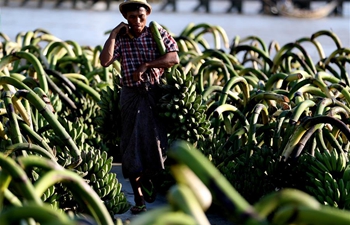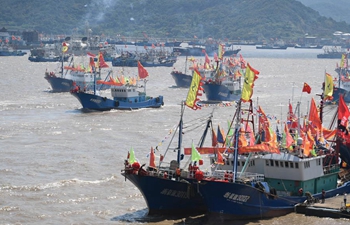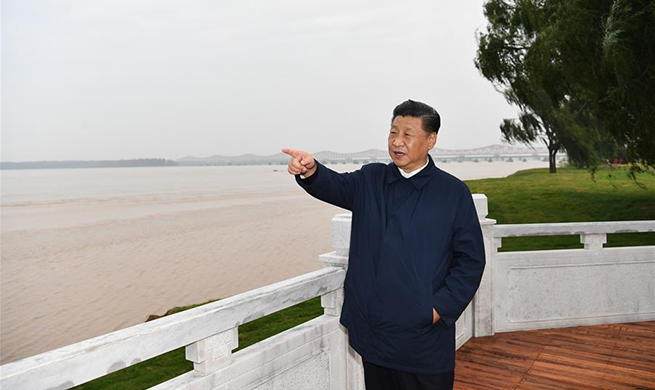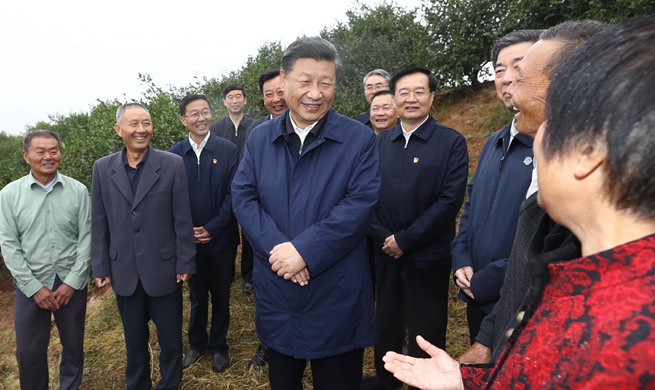WELLINGTON, Sept. 18 (Xinhua) -- New Zealand Fisheries Minister Stuart Nash announced Wednesday that the government will work alongside the aquaculture industry to deliver economic growth and jobs for the regions as part of an ambitious goal to become a 3-billion-NZ dollar industry by 2035.
Speaking at the NZ Aquaculture Conference, Nash congratulated the industry on its work to grow the sector and New Zealand's reputation for sustainable, healthy and high-value products. He also released the governments strategy for the industry.
"The strategy will build on that foundation, setting out a plan for government to support the industry over the next seven years, built around objectives and actions needed to realize a productive, sustainable, resilient, and inclusive aquaculture industry," said Nash.
Alongside the 3-billion-NZ dollar goal, the New Zealand Aquaculture Strategy focuses efforts on the development of sustainable open ocean and land-based farming, increasing farm efficiency, increasing product value and environmental performance in existing inshore farming, building resilience to environment change, and supporting the development and adoption of new technologies and practices to reduce the industries contribution to was and emissions.
"This is a strong statement of government support and partnership with industry toward an ambitious goal of 3 billion NZ dollars in aquaculture sales by 2035. It is also an opportunity to strengthen Brand New Zealand by positioning ourselves as world-leaders and producers of sustainable, healthy, and highly valued seafood products.
"Aquaculture contributes significantly to regional development. It generated over 600 million NZ dollars in revenue in 2018, and employed 3,000 people, especially in the regions. There is real potential for aquaculture to enrich our economy and our global reputation with government, Iwi and Industry coming together.
"The government's Coalition agreement recognized the path aquaculture has been on and the potential for the sector to further deliver economic growth for the regions.
"The strategy looks to maximize the performance and value of the existing inshore farm footprint, and to enable the industry to sustainably extend farming into the open ocean and into modern land-based facilities," said Nash.













